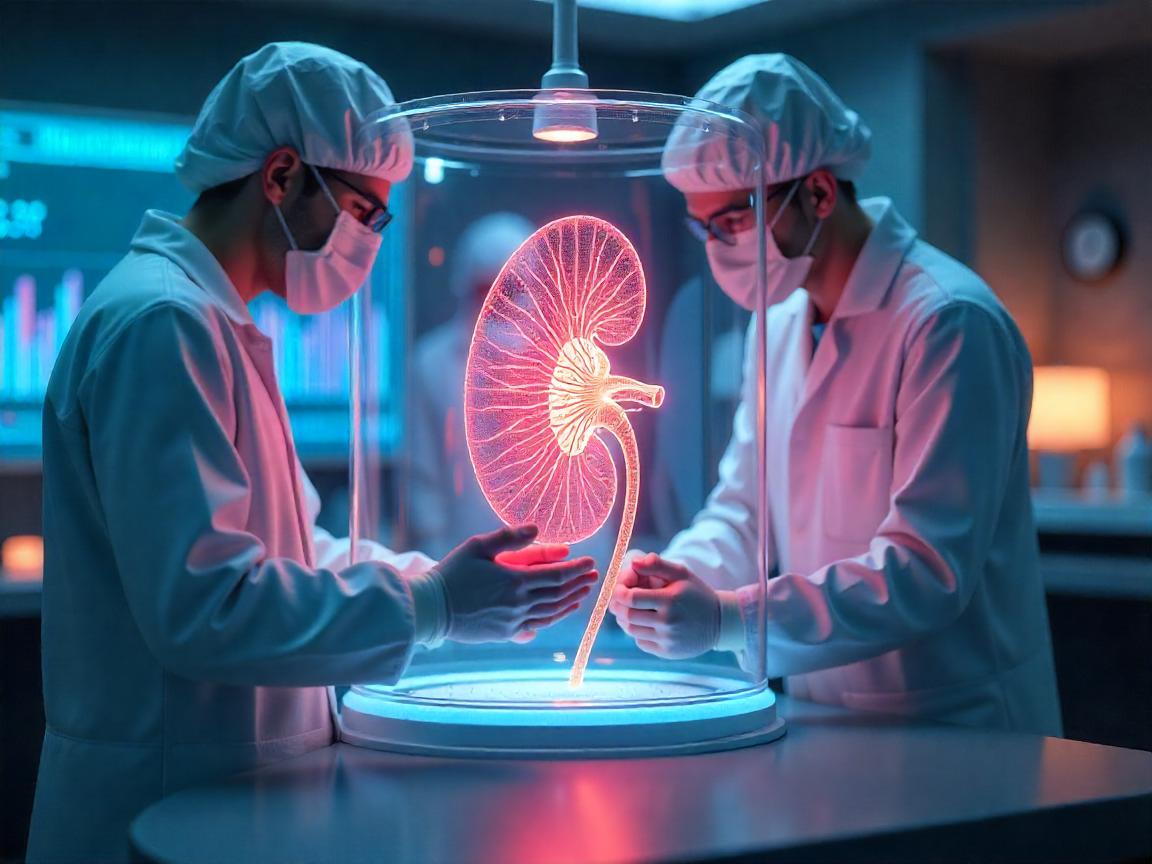
Introduction: A Medical Revolution in the Making
lab-grown kidneys: Sign up for a world that no one has to die because of a lack of an organ, as long as physicians have the right ingredients to grow a unique organ that fits the patient. That is no longer a sci-fi of the future. Hope exists in the form of bioengineered kidneys, which are just in the news and being tested in the humans for the first time, providing relief to more than 100,000 Americans languishing on the list of transplants. There are 17 deaths a day among people who wait to receive a kidney. However, what would happen if they were created in a lab, instead?
The breakthrough is as a result of decades of study on the stem cells, 3D bioprinting, and tissue scaffolding. Initial experiments in animals were encouraging a pig with a lab-grown kidney even survived more than a year with no rejection. Human trials are being launched and scientists are hopeful, albeit rather hesitantly. Is this the medical miracle we have all been waiting or are there dark sides?
How Lab-Grown Kidneys Actually Work
The biology behind bioengineered organs reads like the sci-fi novel, but is based solidly in the latest biology. Scientists begin with stem cells that are derived out of the patients, and are enticed to develop into kidney cells. Afterwards the cells are stacked upon a biodegradable scaffold in the shape of a kidney where the cells grow into functioning tissue. Other applications include use of 3D bioprinting by some labs to assemble cells in a precise manner like that in natural organs.
What is one of the greatest obstacles? Maintaining the kidney grown in the laboratory capable of filtrating blood. In early trials in pigs the same was shown to be functioning nearly normally, but humans are more of a challenge. Dr. According to regenerative medicine pioneer Anthony Atala of Wake Forest, “The kidney is more complicated than a filter; it is an endocrine organ.” It is not tissue that we are constructing but we are building a biological machine,” he says.
The First Human Trials: Who’s Involved and What’s at Stake?
At the present, few biotechnology firms and research hospitals are at the forefront. In collaboration with Wyss Institute of Harvard, United Therapeutics is conducting trials using lab-grown kidneys in 5-10 patients with the end-stage renal disease. The goal? To determine whether these organs will be able to survive not only in the immediate term without the issue of rejection which has plagued the traditional transplants.
Here is the trick though: These kidneys will not be flawless, even in case they do work. The early ones might still need immunosuppressants, as is the case with donor kidney. What is the actual game-changer? Universal donor kidneys which have been genetically engineered to prevent rejection in the first place, and called.. “Off-the-shelf” universal donor kidneys. Other businesses such as eGenesis are already testing CRISPR-modified pig kidneys in this kind of manner.
Ethical and Economic Dilemmas: Who Gets Access First?
Come on- this technology will not be inexpensive. Early reports indicate that bioengineered kidney might run $100,000+ a climax. It is a high price to pay, especially considering that it is more affordable than life-long dialysis (which costs near 90,000 dollars a year on a per-patient basis). The greater question is? Is it going to be insured? $50 billion a year on kidney disease is already spent by Medicare so is it possible that lab grown organs will represent money saved in the long run?
Then, there is ethical debate. It has also been pointed out that it may create more disparity in healthcare- only the rich may be able to purchase these organs initially. Others caution on the potential unintended effects such as bioethicist Dr. Karen Maschke who asks: What happens when these kidneys stop working after 10 years? Are we creating another big crisis in patients?”
A Real-World Case Study: The Pig That Changed Everything
Last year, a study conducted in the NYU Langone made it to the news as a pig with an experimentally grown kidney survived more than a year without any health complications. It was not a coincidence, but a demonstration that bioengineered organs were viable in the long term perspective. Today researchers are using the lessons on human beings.
Pigs are not people though. Unknown risk to humans: mutations of cells or surprise immune system. Yet what it has to offer is astonishing: Should it work out, then this could zero out transplant waiting lists in ten or less years.
What’s Next? How the Road to Mass Production!
The great dream? Plants that produce organs- where kidney, liver and heart can be produced as per request. Startups such as Miromatrix already are attempting scalable methods of production, with decellularized pig organs being used as scaffold. At the same time, AI is accelerating the design phase, making predictions as to the cell growth before printing the cells.
However, it is still not rosy. It takes a long time to receive a regulatory seal of approval: the FDA is looking optimistically but is also very strict when it comes to safety evidence. And lastly, the trust of the people, will the patients accept the organs that were made in the labs or will it be fear that will not allow them?
Final Thought: Are We Ready to Redefine Human Transplants?
It is not only about kidneys, but about changing the rules of medicine. The successful operation of bioengineered organs will mean no more donor shortages, rejection drugs, or the issue of organs failing due to the aging of the body. With big power comes a big responsibility. Will this technology be a right to all or privilege of the few?
It is a fact that the future of transplants is something that is currently being cultivated in a laboratory. The point is whether or not we are prepared.